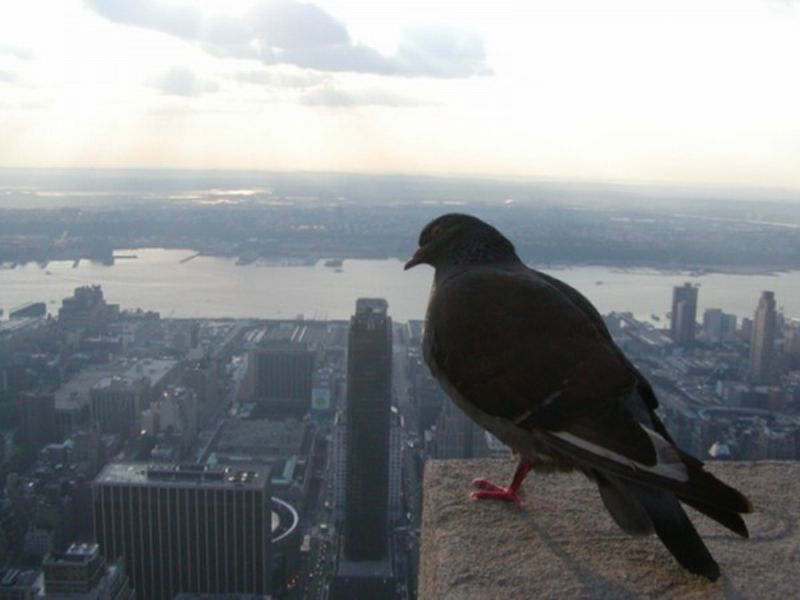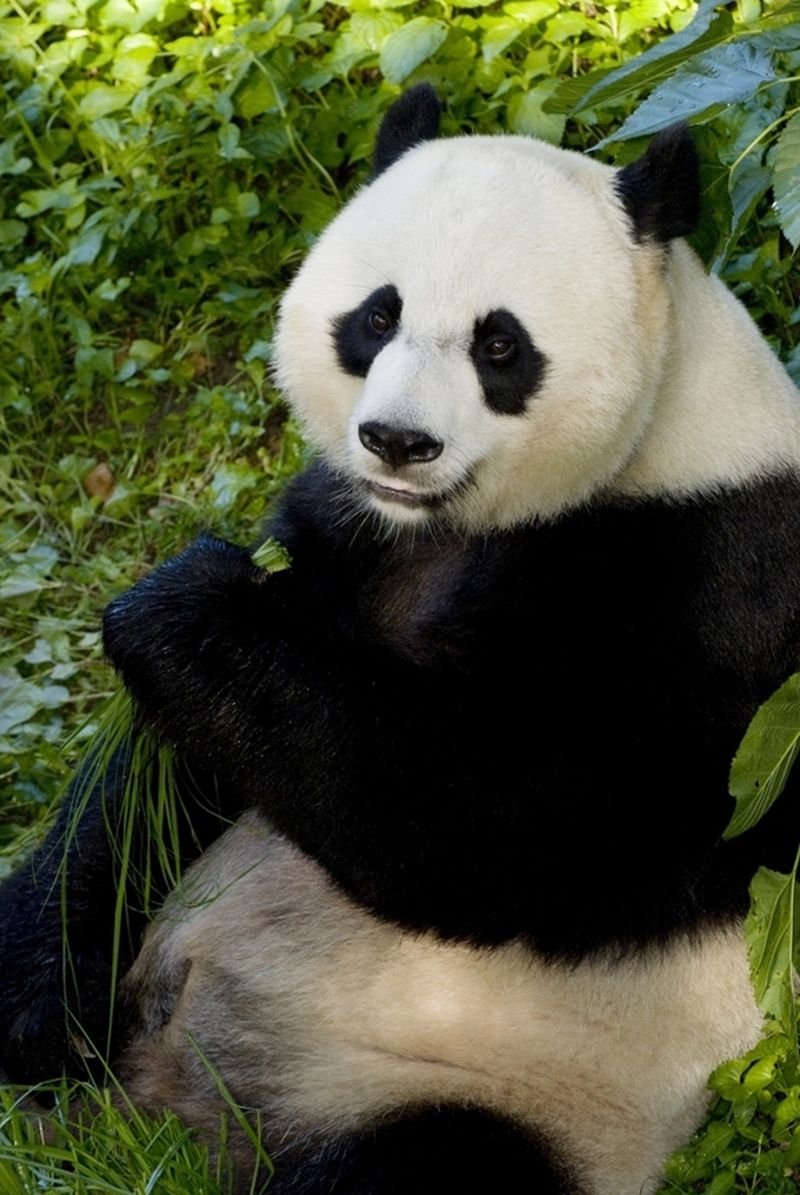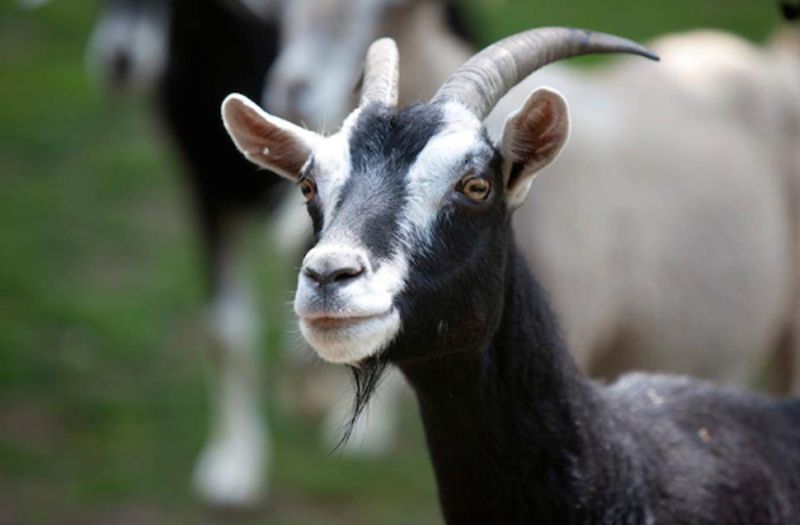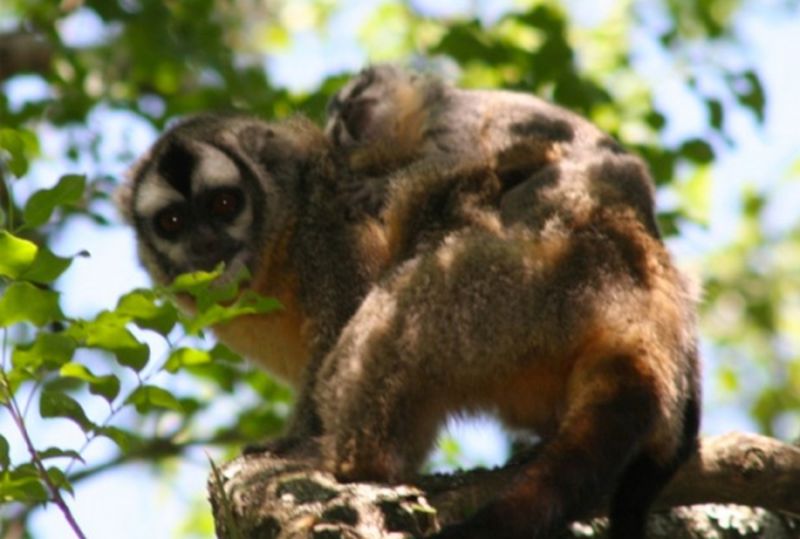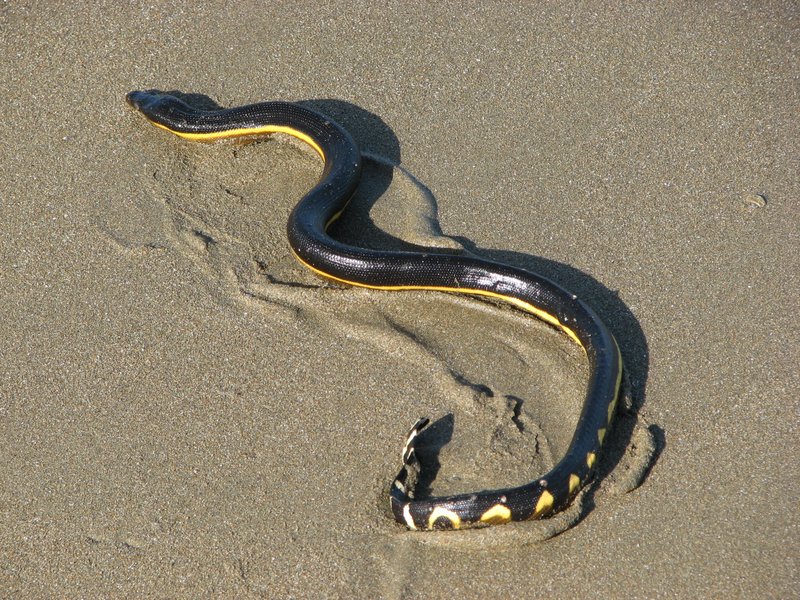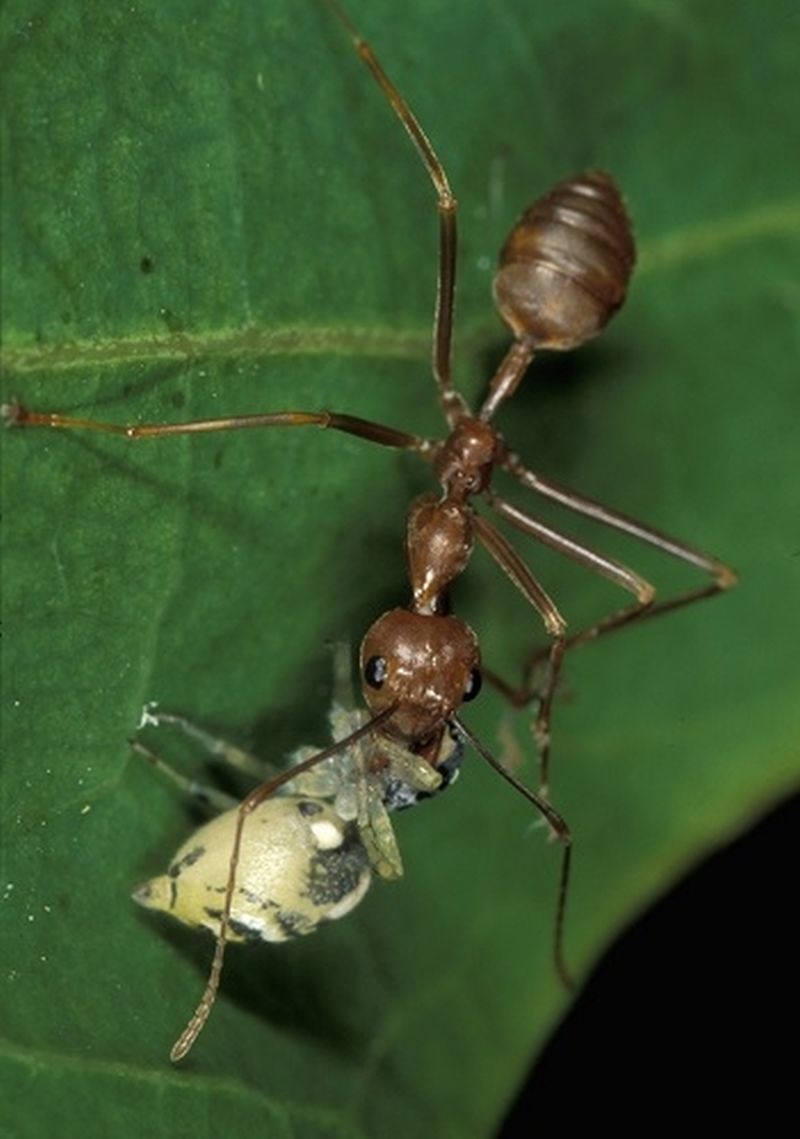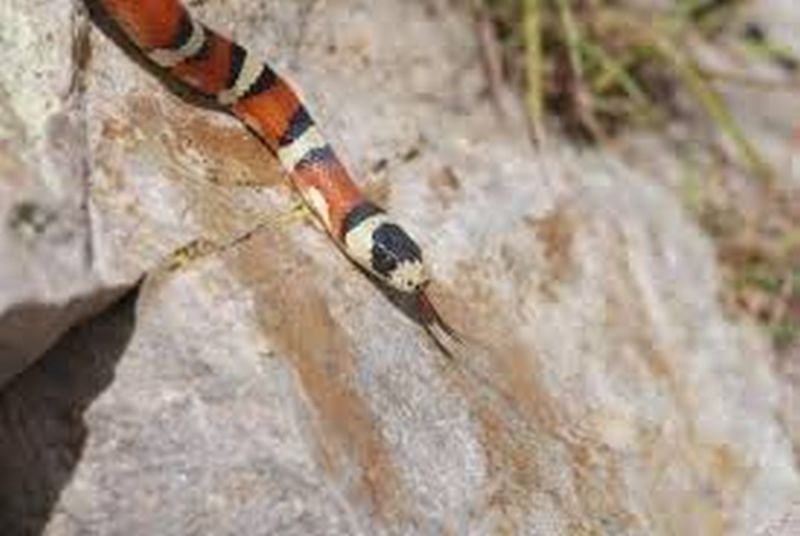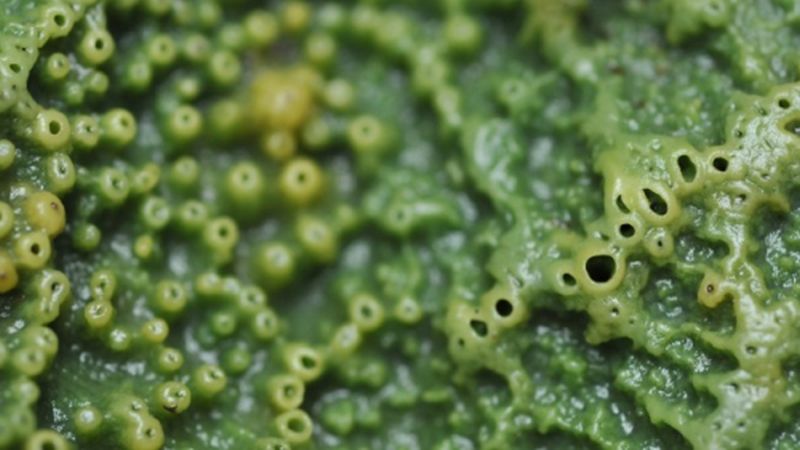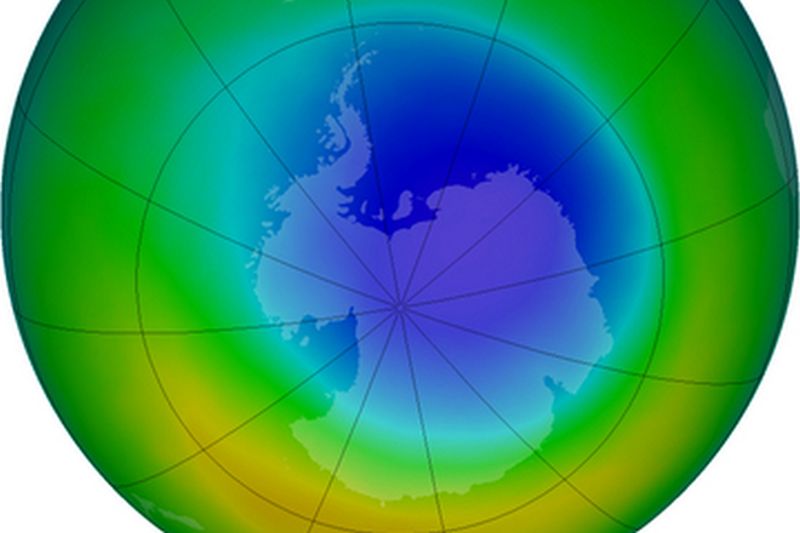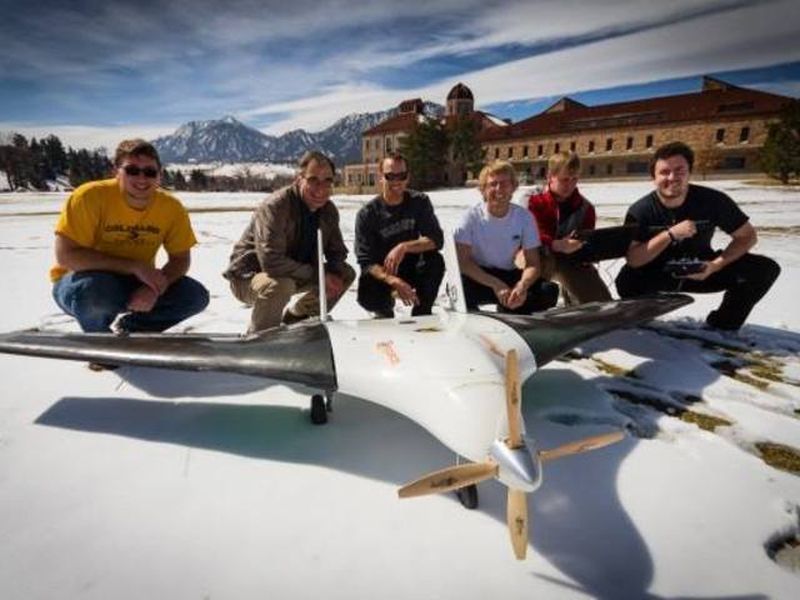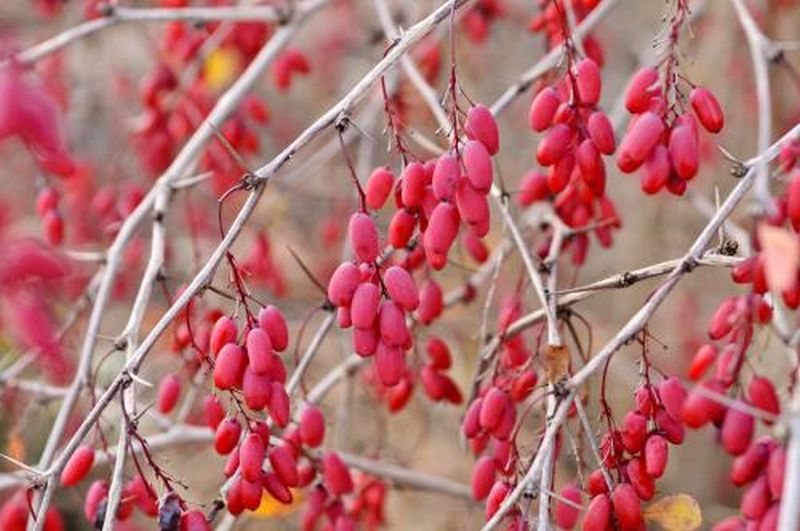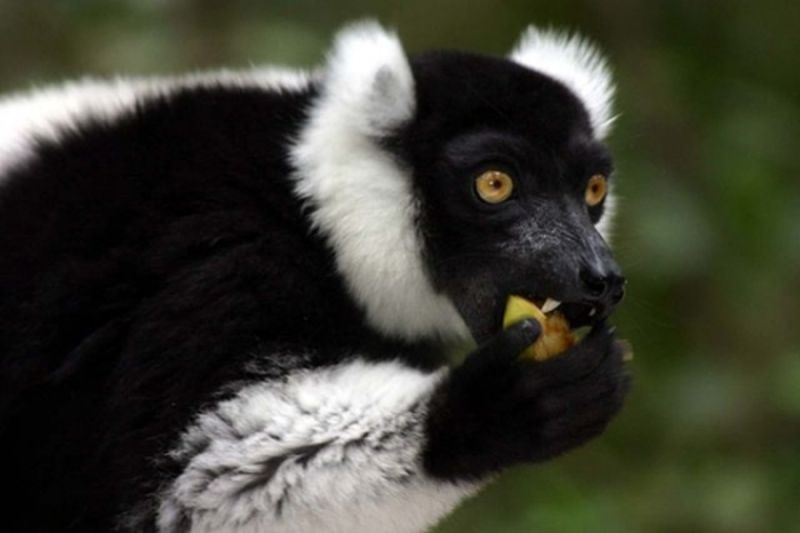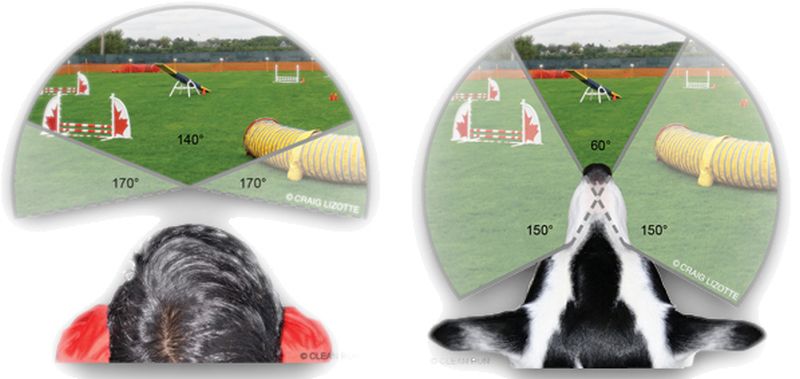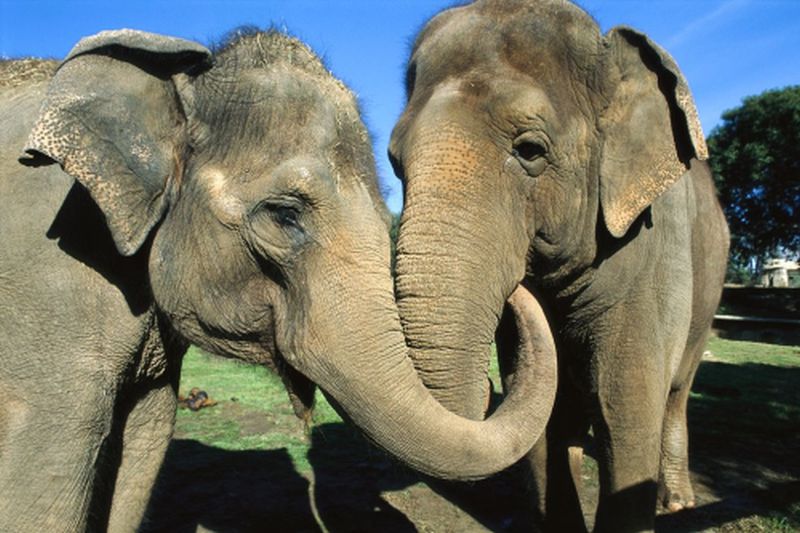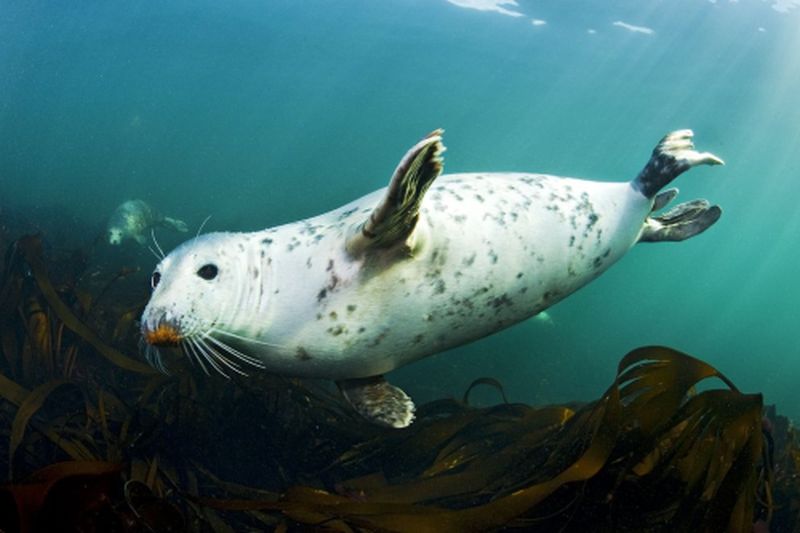Just like humans, animals living in urban areas are constantly prone to metal intoxication. In France, a team of researchers studying the level of metal intoxication in birds have found a strange relation between the color of the plumage and the level of metal toxin in the bird’s body. They observed that the birds with dark shade plumage were better at getting rid of metal toxin from their bloodstream.
Read MoreTag: ecology
Pandas Have A Functional Sweet Taste Receptor
The popular known fact that bamboo is the only food that panda exclusively feeds on, is not true. Researchers from the Monell Center have found that the panda has also liking for sweet food. The research, based on panda behavior and molecular genetics reveals the presence of taste receptors and confirms that the panda has a strong liking for natural sweeteners as fructose and sucrose.
Read MoreGoat’s Intelligence Was Underestimated
When we talk about intelligence in the animal kingdom, animals like chimpanzees, dolphins or crows are the first one to come across our minds. But it’s time to get over them, because as per the latest research, common goats are way more intelligent than formerly believed.
Read MoreFidelity Can Be Seen In Owl Monkeys: Genetic Monogamy
Infidelity is very general trait to be observed in the animal kingdom. Maternal and paternal genetic tests have revealed that even the species that were considered to be faithful in their relationship, were often not loyal to each other. Merely about 10 percent of the species follow monogamy and are truly faithful to each other. However, according to a latest research led by University of Pennsylvania revealed that Azara’s owl monkeys (Aotus azarae) are remarkably devoted and faithful to their mating partners.
Read MoreSea Serpents Can Remain Dehydrated for Months: Combating Climatic Changes
Sea snakes as the name suggest, spend their entire life in the ocean. Researchers have always been curious to know how do these snakes survive in seawater and what method did they employ to satisfy the quench for fresh water. According to a latest research, the sea snakes though surrounded by water, unfortunately, remains thirsty and dehydrated for months.
Read MoreDefense Technique: Vulnerable Species Gain Protection through Predator Species
Animals use different defense techniques, such as camouflage, mimicry or unusual associations or group living to defend themselves from its predator. The jumping spider who seeks the help of ants in order to protect themselves from its enemy, the spitting spiders, exhibits defense mechanism, which is completely weird and of course different. Interestingly, the ants, which act as a protector for the jumping spiders against the spitting spider, equally love to feed on them.
Read MoreDefenseless Animals Mimic for Survival
We are often fascinated by the bright colors of the animals. In nature, these bright colors of the animals are not just to impress females or a fashion statement, rather are the characteristics of animals with an anti-predatory defense, such as a poison or sting. Predators over the time have understood to avoid attacking such animals, which either can hurt them or might taste awful.
Read MoreOcean Life Evolution: Animals Created Oxygen First
All know the theory that first life originated in water, it is believed that the increase in oxygen levels in water has supported the evolution of complex life forms. Recently this theory has been challenged and the new theory as proposed by the researchers from the University of Exeter, in England says that, the early forms of animals are the one, responsible for enriching the oceans with oxygen.
Read MoreHuman Made Ozone Destroying Chemicals Found In Atmosphere
The ozone layer present in the stratosphere region of the earth, serve as a screen against the harmful ultraviolet B radiation that are emitted by the sun. The UV B radiations are extremely harmful for animals and causes skin cancers and cataract in humans. These radiations, also retard the reproductive cycle of shrimps, crabs and majorly, phytoplankton which in turn will affect the population of creatures dependent on the phytoplankton.
Read MoreTeam AREND Creating Unmanned Drone to Combat African Rhino Poaching
Poaching is one of the world’s most organized and largest crime industries. Several animals like, rhino, elephants, tiger, gorilla, sharks, whales and many other species are being ruthlessly poached and extensively being pushed towards extinction. Without human intervention, these animals cannot protect themselves from the poachers. There are several anti- poaching communities worldwide guarding the last few animals left in the wild, however, the effort is still not enough.
Read MorePlants Do Have IQ: An Ecological Possibility
As proposed by the researchers from the University of Göttingen and the Helmholtz Center for Environmental Research (UFZ), plants are capable of making arduous decisions when caught in tough situation and until now, plants intelligence was underestimated.
Read MoreEating Seasonal Fruits Gives Cognitive Edge: A Research
Fruits are good for maintaining a healthy body as well as a healthy mind, is a fact that almost everyone knows. A research conducted to understand the genesis of intelligence in the primates also confirms the same. Researchers have found that the lemurs gorging heavily on fruits show better cognitive abilities than the lemurs that feed on a variety of food such as leaves, insects, seed and so on. The finding supports the notion that eating seasonal fruits or fruits that are difficult to get, gives certain cognitive edge to…
Read MoreCats And Dogs Are Equipped With UV Vision: Is It The Sixth Sense?
Lately, a research has revealed that many animals, including cats, dogs and some other mammals has the ability to see things that are not visible to human eyes. Biologists at City University and University College in the U.K, Ron Douglas and Glen Jeffery say that the secret that empowers these animals to view things is their ability to detect ultraviolet light.
Read MoreA Behavioral Aspect: Animals Show Gestures of Love
Humans need gestures of love and affection, especially during tough times. Similar gestures have been noticed in the animal kingdom as well. Animals such as Cats, dogs, chimps, Gorillas, orangutans and birds such as crows, ravens, scrub jays are known to show empathy and love towards their stressed out member of the group. To this list, researchers have added the Asian elephants, who have been noticed to show gestures of love through gentle strokes and through various sounds, communicate with the distress member to express their empathy.
Read MoreArctic Waters Under Parasitic Threat: Risk For Marine Mammals
We have already seen how the rise in temperature is melting away the ice at the poles making the life of polar bears and penguins difficult. Melting ice at the poles is making these animals look for alternate hunting and breeding places. Apart from polar bear other marine animals like ringed seals, gray seals and beluga whales are exposed to these problems. Now researchers have found another challenge that these animals are facing- exposure to new diseases.
Read More
